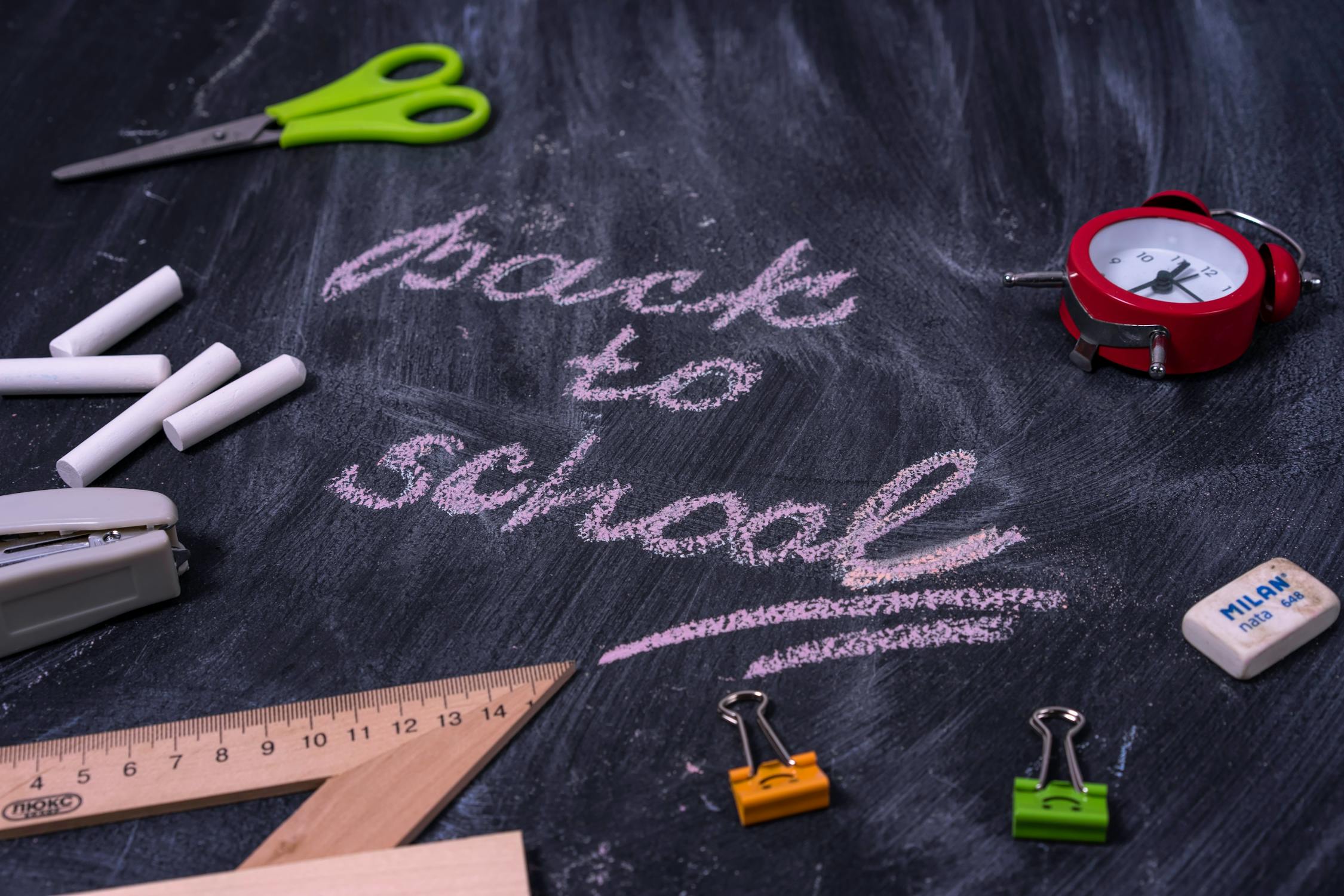
A Post Pandemic Blueprint for Welcoming Students Back to School
Edison LuuFirst day of school anxiety is common for students, especially since the pandemic. These welcoming strategies will help educators in easing students back to in-person learning.
Generally, the pandemic has changed how schools function, educators teach, and students learn. As schools return to more of a normal school year, educators are likely to face behavioral changes among the students. Prior to the pandemic, students are already anxious from attending school the first day because of new subjects and classmates. Now, students add onto the anxiety with mental health challenges. According a CDC report, “high school students experience poor mental health challenges that includes depression, suicidal thoughts, and even the attempt to do so.” How can educators ease students back into their lessons without causing more havoc to their mental health?
With the drawbacks students are facing, this blueprint can guide educators to aid the return to in-person learning in regards to the challenges they are experiencing.
Rebuild community.
As a college student coming back from an online learning phase, I noticed many classes deal with utter silence creating an awkward setting. Students require time to familiarize themselves with their environment. This offers a chance for educators to find connections with students. Educators can start class with open-ended questions that encourage students to articulate their thoughts and opinions into their responses. They can also ask students about their weekend to spark a conversation, easing students to be more comfortable in the classroom. As a habit, students frequently use their phones during quiet times. Educators must actively foster a community where students are constantly interacting with one another.
Promote opportunities to connect.
Caring for student’s emotional and social wellness is important. Educators can let students know about the existing resources available to help them during their academic careers. Existing resources that are available include peer programs and tutoring services. However, they can also establish other services like office hours, after-class conversations, and even discussions prior to classes that students can appreciate. Many students either are unaware that these services exist or what to expect from these services. Therefore the utilization rate of these services are quite low. A “College Cars and Coffee” event was organized by one of my professors at San Jose State University to bring his students together. In order to give students more chances to connect, he aimed to build relationships outside of the allocated time for classes. This event turned out to be a success with students all given an opportunity to discuss about themselves.
Having high expectations is actually helpful for the students.
Learning involves navigating the uncomfortable zone and being aware of the educator’s expectations. That is the idea of education, where students study, collaborate, and complete tasks with challenges. That is the joy of learning. Despite the stress upon the students already, educators should be consistent with their teaching. Students will want to pursue new lessons, opening up doors for new knowledge. For those students who may fall back a few lessons, they can refer to educator’s services to get assistance.
Teach with Zoom techniques.
Educators and students have adapted to many online learning methods and tools. Similar to asking questions online, asking questions in person will require some time for students to come up with an answer. Give them that desired time that can range from seconds to minutes. Students can be divided into groups for activities to adhere to the standard practice of breakout rooms during Zoom meetings. Due to their timidity, students likely won’t speak up in class, but simply a thumbs up or down can be enough to motivate them to participate. Educators can continue using similar strategies so students can adapt progressively rather than reveal a new concept unfamiliar to them.
Model good behavior principles.
Greet the students or simply shake their hands. Students will feel a sense of acknowledgement that will encourage them to attend. Educators have the potential to become role models. Those that make a good first impression often have students visiting again even after the course is done. Welcoming students back, but also imprinting a positive impact will aid student’s pursuance in their educational careers. Good behavior goes both ways.
It is essential that there exist models for displaying a set guide as educators and students go back toward in-person instruction. Throughout the numerous challenges the education system faced during the pandemic, this blueprint will aid in recovering from those academic drawbacks.
 What Students Miss from Online Learning
What Students Miss from Online Learning